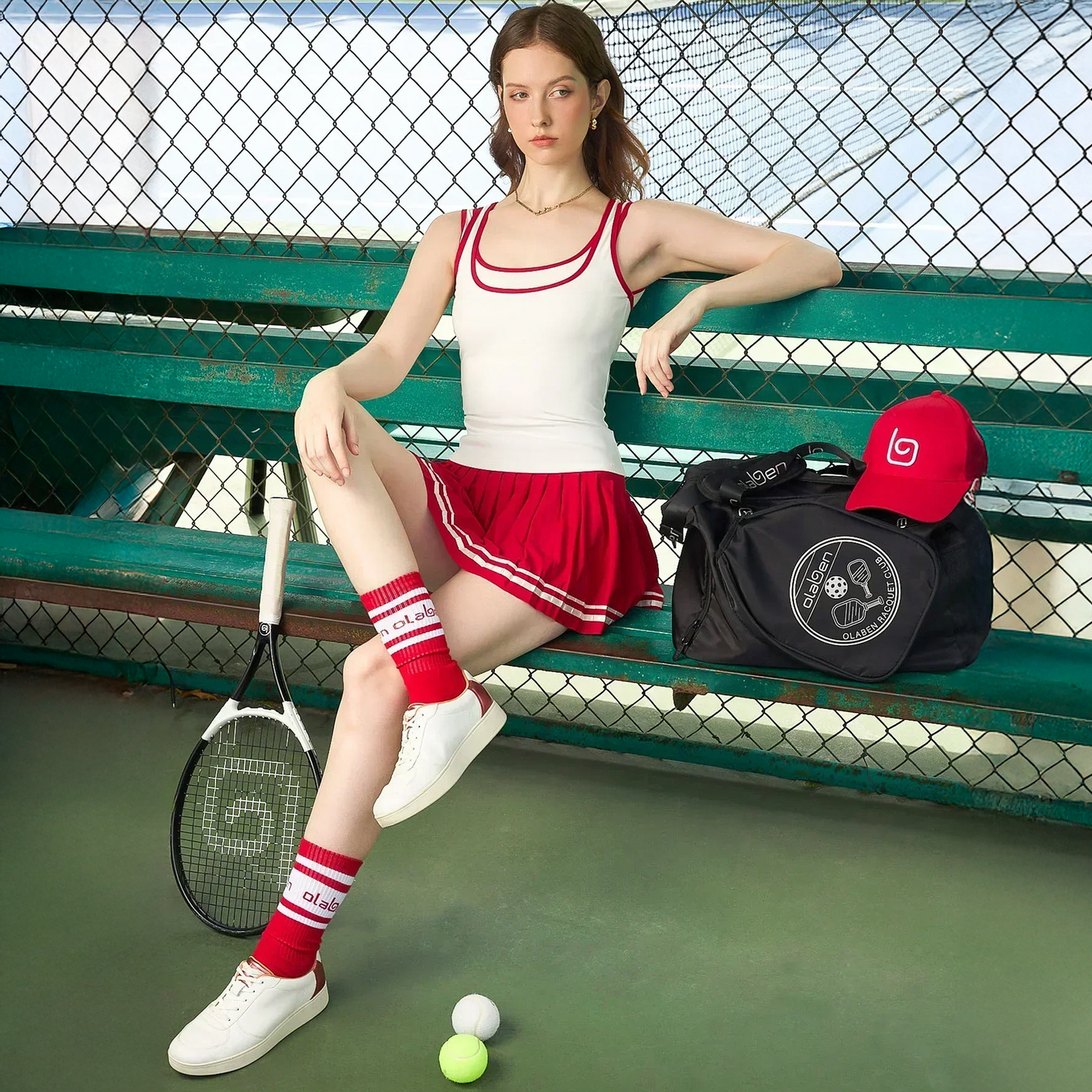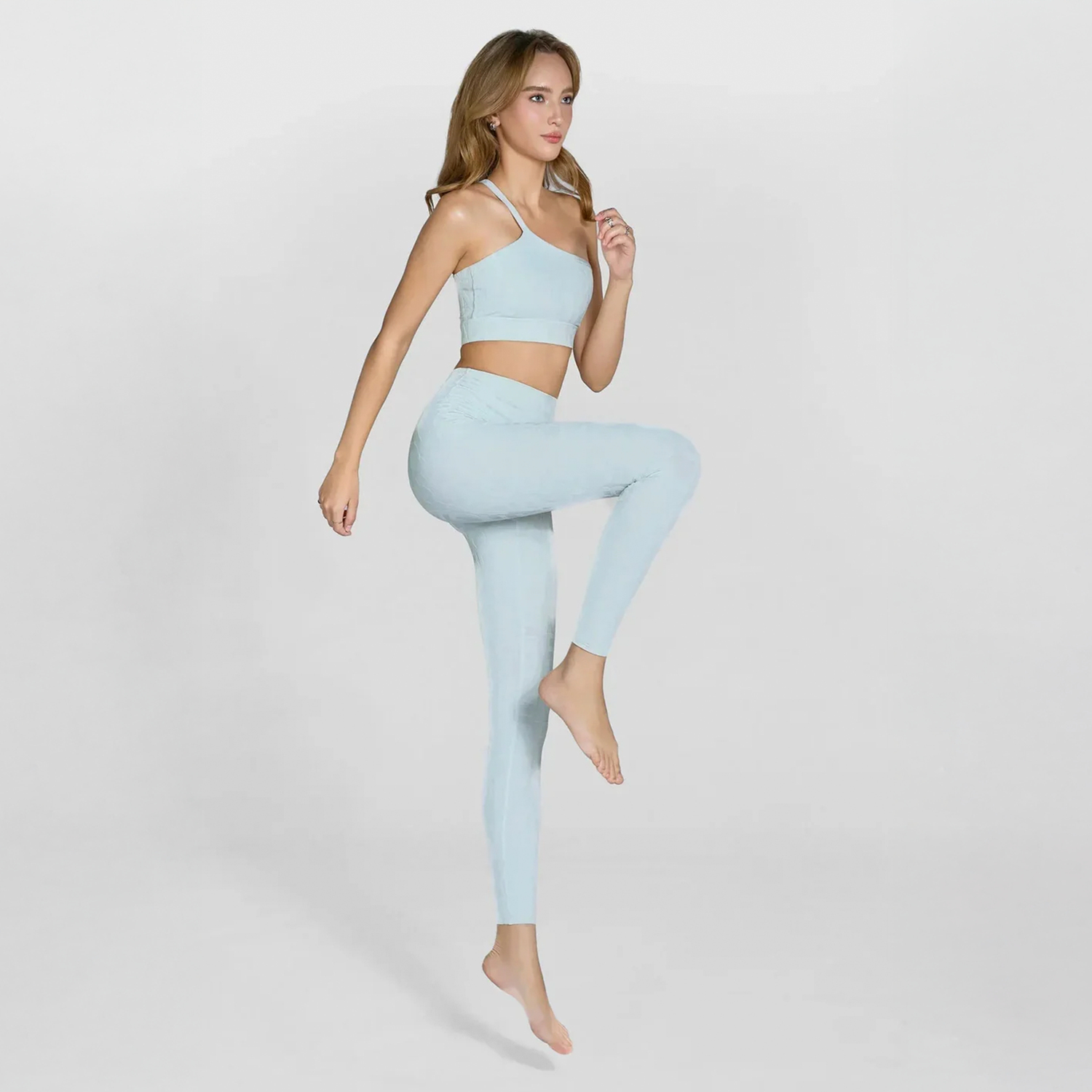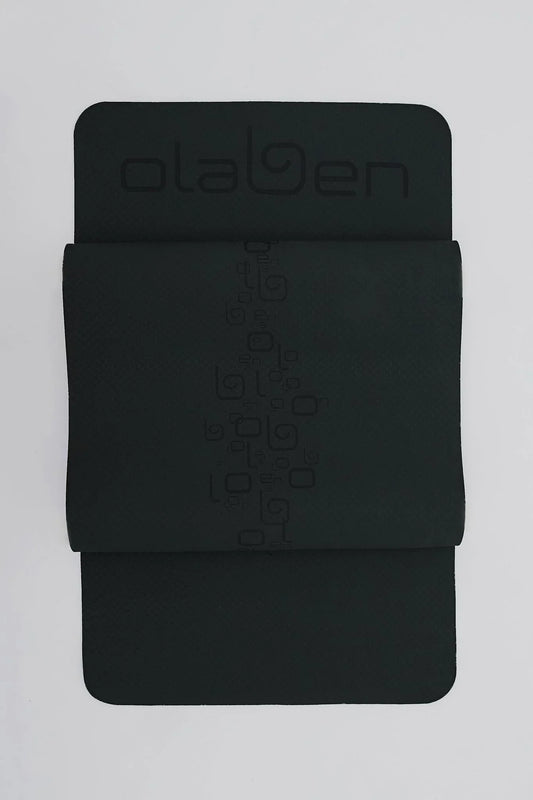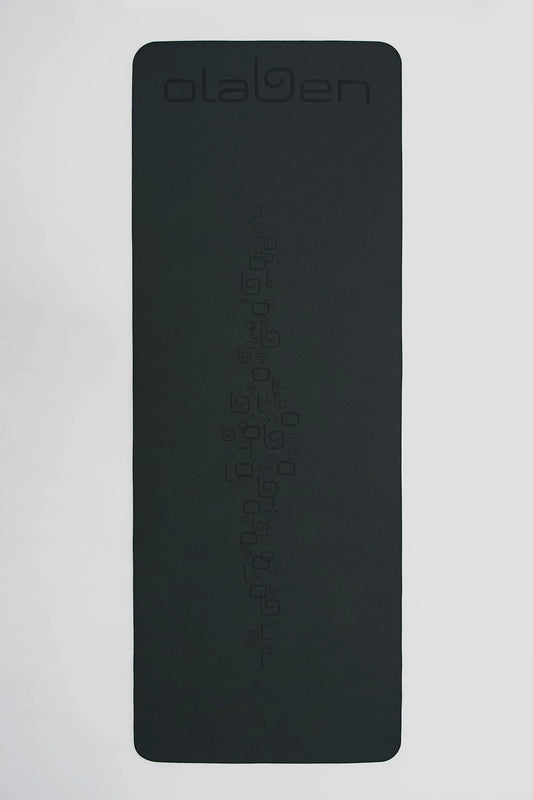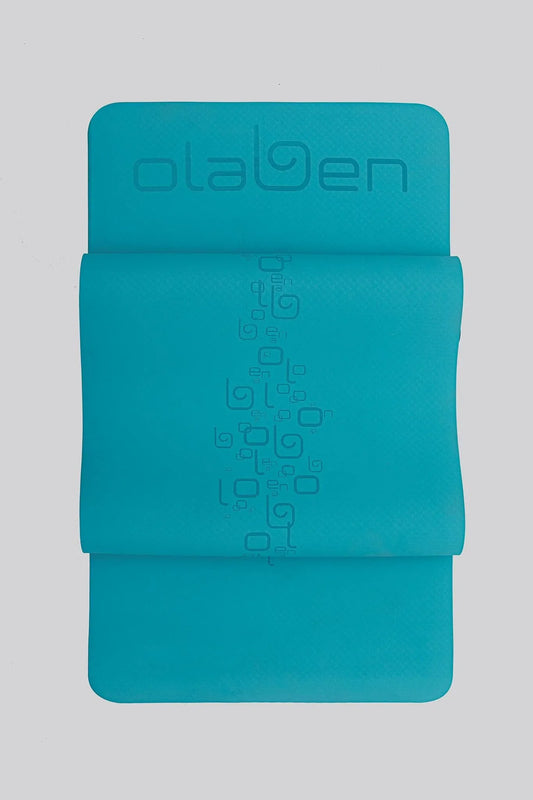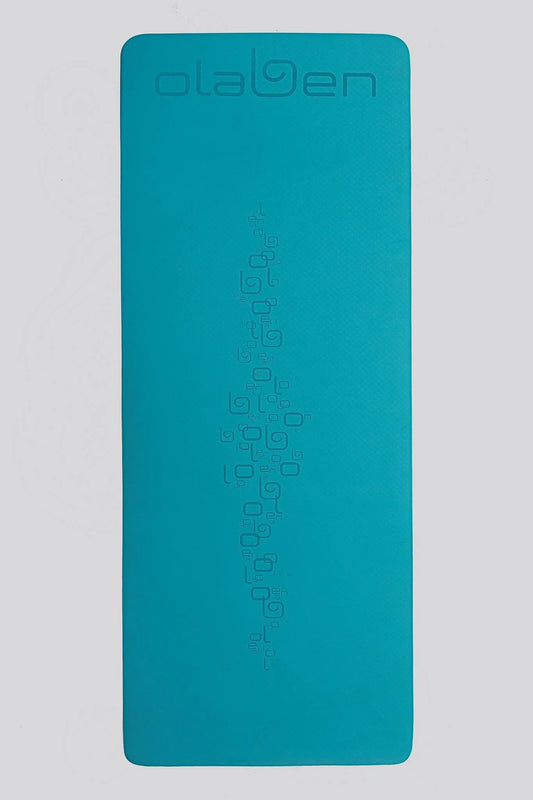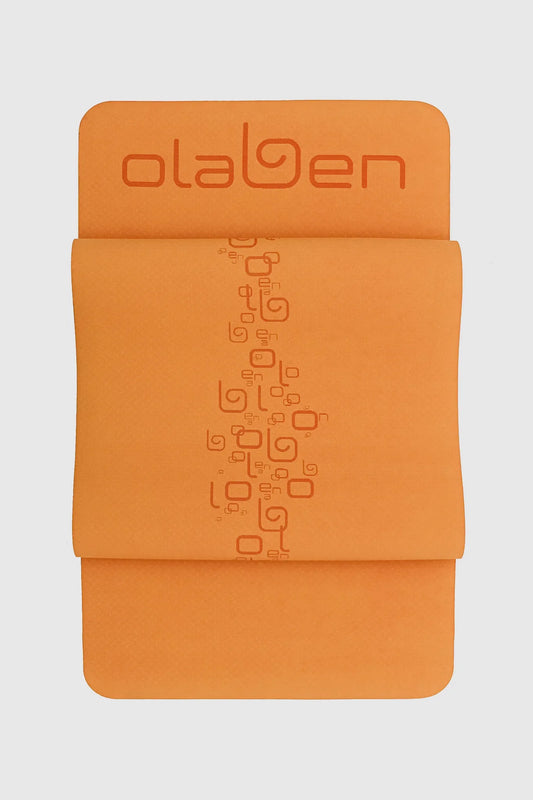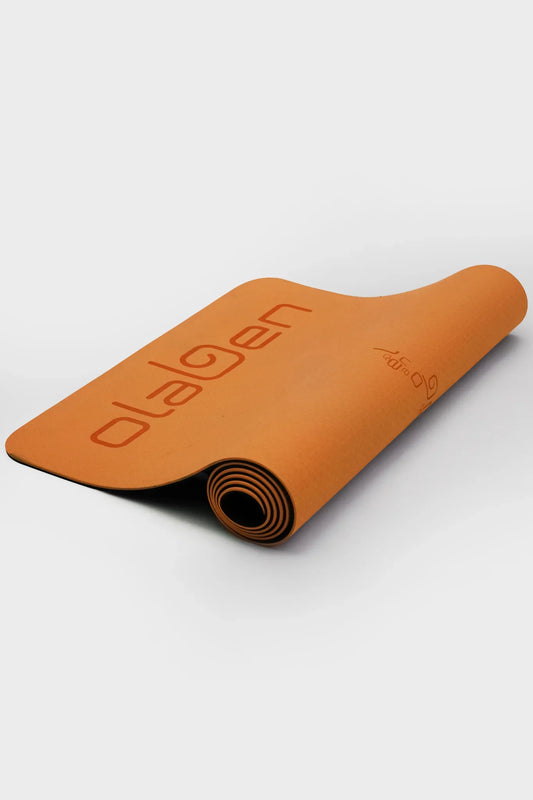Creating a home gym is one of the best investments you can make for your health and lifestyle. But instead of buying bulky, expensive machines, you only need a handful of well-chosen tools to set up a space that’s functional, motivating, and stylish. Below are 10 must-have pieces of equipment for your home workouts.
1. Yoga or Exercise Mat
Your yoga mat is the foundation of every workout—whether you’re doing yoga, pilates, core training, or a simple stretching session. A high-quality mat provides cushioning for your joints, non-slip grip, and a comfortable surface that encourages you to exercise more often.

2. Resistance Bands
Compact yet powerful, resistance bands are perfect for strength training, warm-ups, and mobility exercises. They can replace bulky weights and are ideal if you’re short on space. Plus, bands offer progressive resistance, making your workouts more challenging as you get stronger.
3. Dumbbells (Adjustable or Fixed)
Dumbbells are the backbone of home strength training. From squats to shoulder presses, they give you endless workout options. Adjustable dumbbells are excellent for saving space, while fixed dumbbells are perfect for beginners who want ready-to-grab weights.
5. Jump Rope
Skipping is more than child’s play—it’s one of the most effective cardio workouts. A jump rope improves endurance, coordination, and agility while burning calories fast. Plus, it’s lightweight and travel-friendly.

6. Stability Ball
A stability ball (also called Swiss ball) is excellent for core training, posture improvement, and flexibility work. Use it for planks, crunches, or back extensions to strengthen your abs and spine safely.
7. Pull-Up Bar or Suspension Trainer
If you want to challenge your upper body at home, a pull-up bar or suspension trainer is a smart investment. These tools allow you to work on pull-ups, rows, push-ups, and core exercises without taking up much room.
8. Adjustable Bench
An adjustable bench expands your exercise library, from bench presses and rows to incline workouts. It also makes dumbbell training safer and more comfortable. Look for one with multiple incline settings to get the most versatility.

9. Cardio Machine (Optional)
If you have enough space and budget, investing in a cardio machine can elevate your home gym and give you that “professional gym” feel. While strength equipment builds muscle, cardio machines are excellent for improving heart health, burning calories, and boosting overall endurance.
Here are some popular choices to consider:
- Treadmill → Perfect if you enjoy running or walking. A treadmill allows you to train regardless of the weather, and many models include incline features that help strengthen your legs while torching calories.
- Stationary Bike → A low-impact option that’s gentle on the joints but still great for endurance and fat-burning. It’s ideal if you want to combine cardio with multitasking—like listening to podcasts or catching up on a show.
- Rowing Machine → A true full-body workout tool. Rowing simultaneously engages your legs, back, arms, and core, making it one of the most efficient cardio machines available.
10. Storage Rack or Organizer
An overlooked but essential part of a home gym is storage. Racks and organizers keep your bands, mats, and weights tidy—making your space feel more inviting and less cluttered.
Final Thoughts
Building a home gym doesn’t mean you need every piece of equipment at once. Start with essentials like a yoga mat, resistance bands, and dumbbells, then expand as your workouts grow. With the right gear—and stylish, high-quality picks from Olaben—you’ll have a fitness space that motivates you to move every day.

